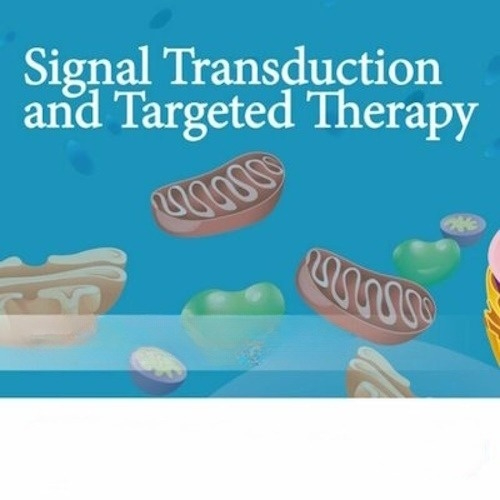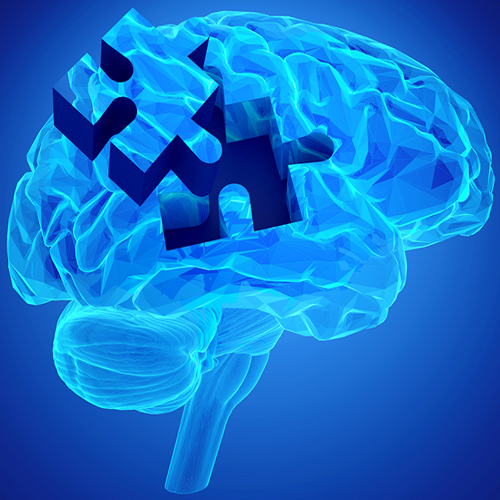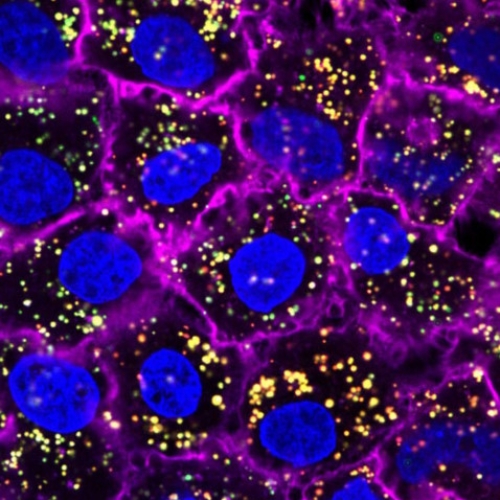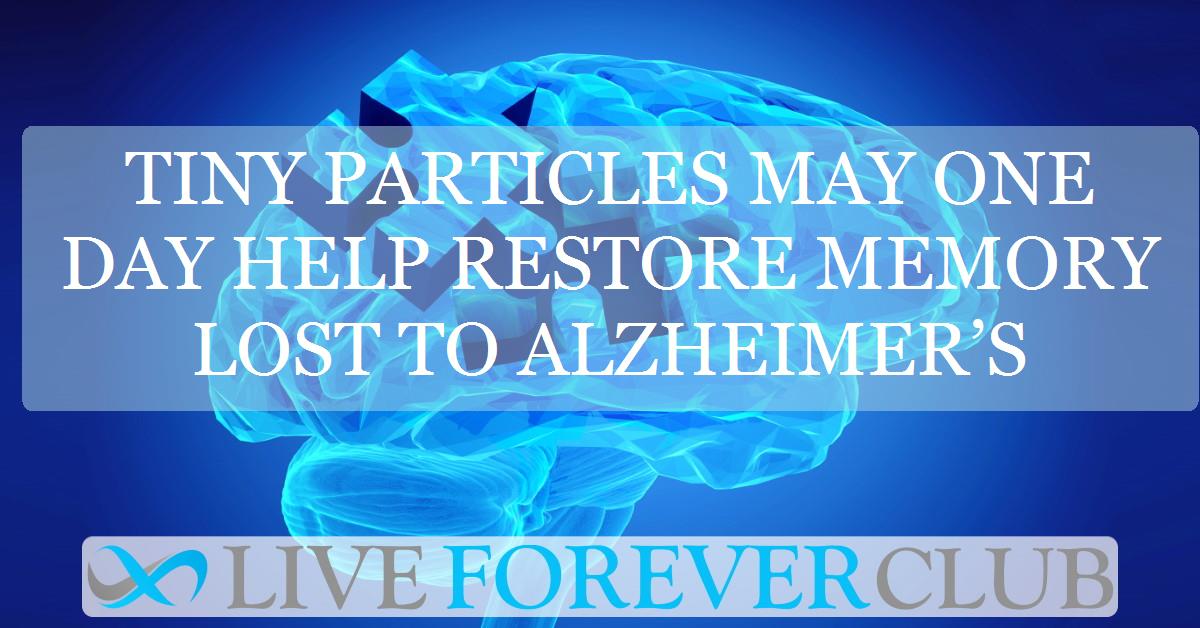Key points from article :
Scientists have achieved a breakthrough in Alzheimer’s research. A nanoparticle-based treatment has reversed symptoms of the disease in mice. The study, published in Signal Transduction and Targeted Therapy, was led by teams from the Institute for Bioengineering of Catalonia (IBEC).
Researchers developed bioactive “supramolecular drugs” that repair the brain’s blood-brain barrier. This barrier protects the brain from toxins but weakens during Alzheimer’s, allowing harmful substances to enter. The new treatment restores this essential defense system.
Alzheimer’s disease is driven by the buildup of amyloid-beta proteins. These “waste” proteins clog the brain and disrupt normal function. In experiments using gene-modified mice with Alzheimer’s-like symptoms, the nanoparticle treatment caused amyloid-beta levels to drop by 50–60 percent within an hour.
The effects went beyond molecular changes. Mice that had shown severe cognitive decline regained normal behavior. Older mice—roughly equivalent to 90-year-old humans—performed like healthy ones after six months of treatment.
Researchers explained that this approach focuses on repairing the system that maintains brain health—its blood vessels and barrier—rather than only clearing protein buildup.
By restoring vascular function, the treatment improves blood flow and reduces inflammation. The brain begins clearing harmful molecules naturally again. Scientists believe this “self-repair” mechanism could slow or even reverse Alzheimer’s progression.
Still, experts urge caution. Human trials remain a future goal. The Alzheimer’s Association notes that success in animals does not guarantee safety or effectiveness in humans.
Even so, this discovery fuels optimism. If confirmed in humans, these nanoparticles could restore memory, strengthen brain function, and transform how medicine fights neurodegenerative disease—bringing new hope to millions worldwide.







